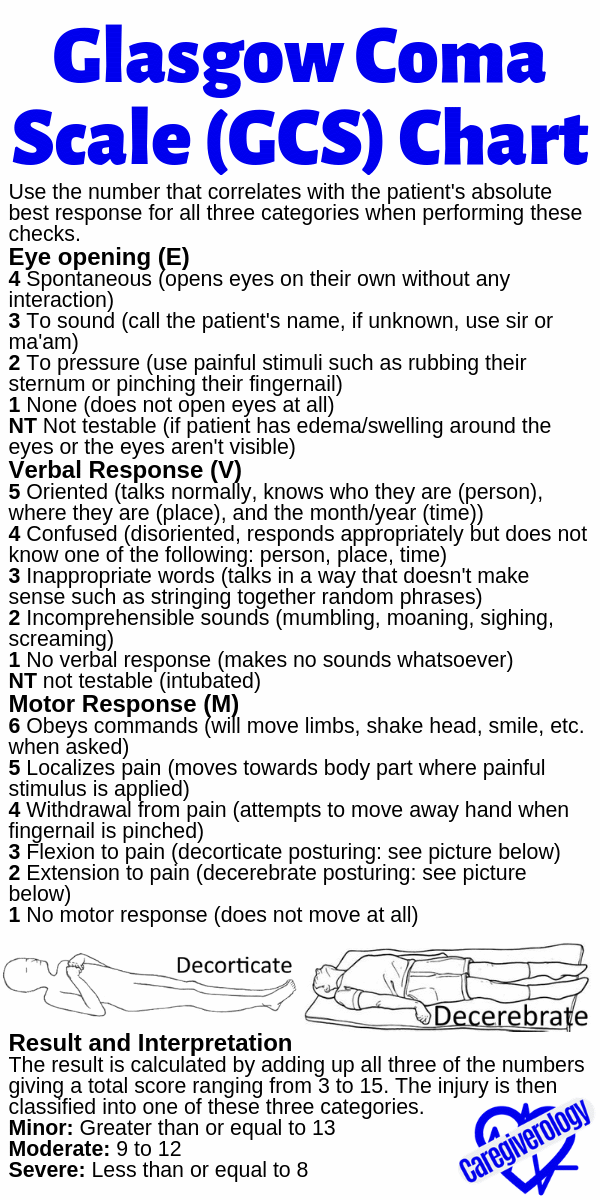

Diuretics, given intravenously to people with traumatic brain injury, help reduce pressure inside the brain.Įmergency surgery may be needed to minimize additional damage to brain tissues. These drugs reduce the amount of fluid in tissues and increase urine output. This is especially helpful if blood vessels, compressed by increased pressure in the brain, are unable to supply brain cells with normal amounts of nutrients and oxygen. Doctors sometimes use drugs to put people into temporary comas because a comatose brain needs less oxygen to function. Continued anti-seizure treatments are used only if seizures occur. People who've had a moderate to severe traumatic brain injury are at risk of having seizures during the first week after their injury.Īn anti-seizure drug may be given during the first week to avoid any additional brain damage that might be caused by a seizure. Medications to limit secondary damage to the brain immediately after an injury may include:Īnti-seizure drugs.

Additional treatments in the emergency room or intensive care unit of a hospital will focus on minimizing secondary damage due to inflammation, bleeding or reduced oxygen supply to the brain. People with severe injuries may also have other injuries that need to be addressed. Immediate emergency careĮmergency care for moderate to severe traumatic brain injuries focuses on making sure the person has enough oxygen and an adequate blood supply, maintaining blood pressure, and preventing any further injury to the head or neck. Most people return to normal routines gradually. It isn't recommended that you rest completely from mental and physical activity. Relative rest - which means limiting physical or thinking (cognitive) activities that make things worse - is usually recommended for the first few days or until your doctor advises that it's OK to resume regular activities. The doctor will indicate when a return to work, school or recreational activities is appropriate. He or she may also have follow-up doctor appointments. However, a person with a mild traumatic brain injury usually needs to be monitored closely at home for any persistent, worsening or new symptoms. Mild traumatic brain injuries usually require no treatment other than rest and over-the-counter pain relievers to treat a headache. Treatment is based on the severity of the injury. Doctors may insert a probe through the skull to monitor this pressure. Tissue swelling from a traumatic brain injury can increase pressure inside the skull and cause additional damage to the brain. This test may be used after the person's condition stabilizes, or if symptoms don't improve soon after the injury. An MRI uses powerful radio waves and magnets to create a detailed view of the brain. A CT scan can quickly visualize fractures and uncover evidence of bleeding in the brain (hemorrhage), blood clots (hematomas), bruised brain tissue (contusions), and brain tissue swelling.
#Glasgow coma scale score sheet series
A CT scan uses a series of X-rays to create a detailed view of the brain. This test is usually the first performed in an emergency room for a suspected traumatic brain injury.

These scores are used to predict early mortality and longer term outcome in patients following Acquired Brain Injury. A score of 3 is indicative of a deep level of unconsciousness and 15 means that the person is fully alert. The scale is scored between 3/15 to 15/15. eye, mouth injuries, paralysis of limbs). Account must be taken of other injuries that may interfere with the person’s ability to respond (e.g. The patient’s level of consciousness is evaluated in response to three parameters:

The scale is composed of three tests: the Eye Opening Response, the Verbal Response and the Motor Response.


 0 kommentar(er)
0 kommentar(er)
